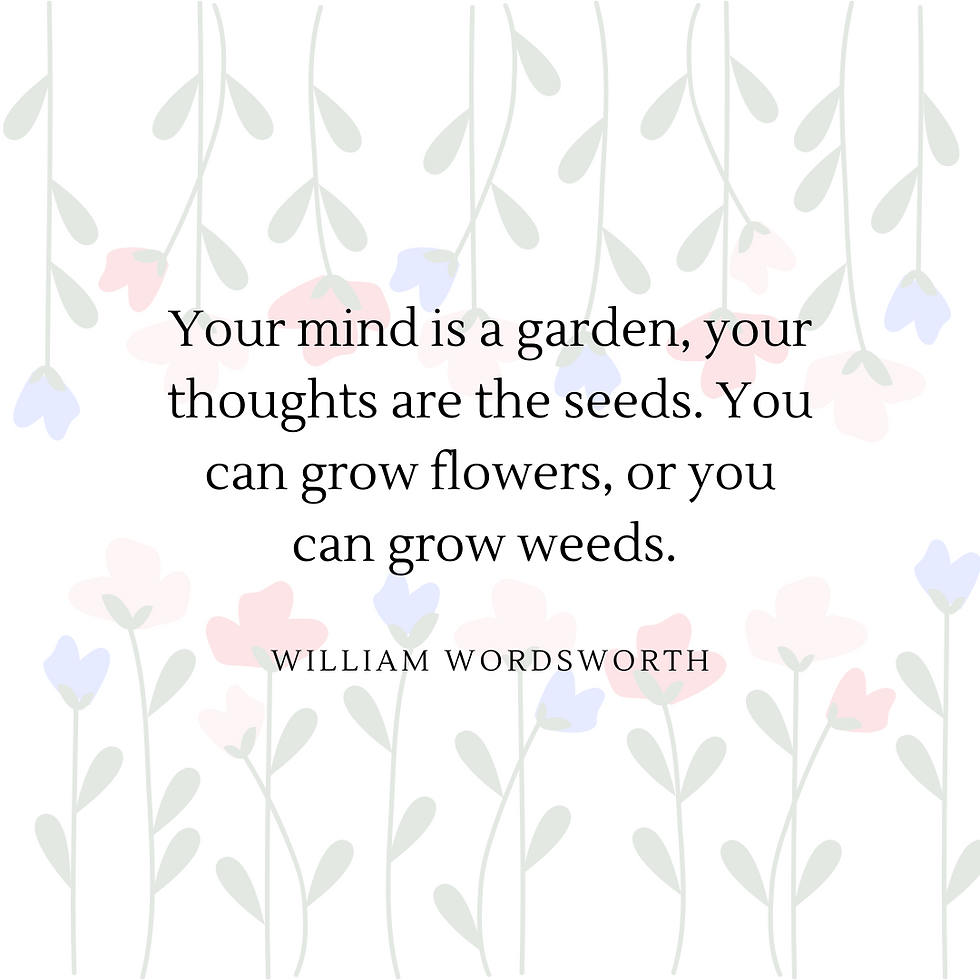Lesson plan ideas for future environmentalists
Childhood can be a pivotal time in shaping who and how a person grows up to be. It can be greatly influential based on the activities the youth partakes in and the culture they are ascribed to. This can be a foundational time in shaping the mindset a person carries for all or most of their lifetime, and can influence the relationships they are bound to have with others and with themselves. This is why it is important from a young age for people to cultivate a relationship with the natural world. The relationship a person has with nature from a young age may dictate their views on, interactions with and understandings of nature for years to come.

Nature is the greatest teacher, healer, and friend. Being immersed within nature from a young age can be pivotal in understanding the interconnectedness of everything, the natural processes which make life possible, and the pure bliss that is being a part of something much bigger. No matter where someone lives, be it landlocked in a city or where wilderness abounds, there are numerous ways to connect with the environment, to appreciate it, and to learn from it. Make no mistake - having easy access to nature is a privilege, one unattainable to many. Read on for some tips about learning with and from nature, applicable to all ages, particularly youth.
Do something hands-on. Giving kids something to work on and take home with them allows them to keep talking and learning about a subject beyond your initial lesson. One example is growing seeds in small containers for them to take home and continue to help prosper.
Make nature relevant to wherever you are geographically. Even in an urban location with little patches of wilderness, there are still ways to connect natural processes with modern life. This sky science project is relevant and exciting regardless of geographic location.
Explain the interconnectedness of humans and the natural world, including plants and animals. Acknowledging that we are part of something bigger helps improve social responsibility and appreciation for the planet and the other species we share it with. Compost in a bottle is a great example of such a project.
Speaking of appreciation, teach children to observe their local ecosystems. This attentiveness will foster deeper, more thoughtful connections. Birdwatching can be a great hobby to enhance observations and observe changes in a given ecosystem. The Audubon Society has great tips for getting kids interested in birding.
Explain how humans impact the environment. It is essential to explore how mankind treats the environment, is reliant on the environment, and how our actions can make a positive or negative impact. Setting up a pretend oil spill can be an interesting project for children to learn about how devastating the actions of humans can be, and the seed-growing experiment mentioned above can be a good recall for the end of the lesson to leave things on a good note.
It is of the utmost importance to teach these lessons in an optimistic manner. We do not want to scare people about the “horrors” of nature or paint a doomsday scenario. Instead, we want to invigorate excitement about environmental science, and demonstrate the powerful positive impact humans can have on the environment. How you tell these stories is crucial in influencing the relationship with nature that children come to cultivate.

Finally, it is important to remind these malleable minds that anyone can be a nature enthusiast, and that all skillsets are important in protecting and preserving the natural world. Oftentimes we hear “science” and equate it with math, which isn’t always the case. The realm of environmental science also needs storytellers, activists, artists and more. The planet is for everyone to share and enjoy, regardless of their skills or life circumstances. Part of making nature accessible and enjoyable to everyone is highlighting how various skillsets are important.
Are you an educator and/or nature lover with some tips to share as well? Contact us - we would love to hear from you!
This article was largely informed by environmental science curriculum we developed for a Maryland summer camp. For a basic overview of our 10-week curriculum, or the more in-depth notes explaining the activities/teachings therein, please email us at me.society.hq@gmail.com.
We would like to give a few quick shoutouts to some organizations that helped inform this resource and/or that we have personal experience with in the realm of environmental education:
Sky Lodge at Unity College in Maine is a wonderful property that allows visitors to connect with and learn from nature. Whether you are part of a group, or travelling solo, Sky Lodge is a great place to learn with and from the natural world, and is more accessible to some in the United States than traveling internationally in search of beautiful wilderness. Sky Lodge has a special place in our hearts as that’s where M.E. Society’s founders met through another institution’s academic program.
We also loved and were inspired by “This Book Is a Tree” by Marcie Chambers Cuff, which informed some of our curriculum ideas. Check it out in our Resource Library and if you’re interested, buy it for yourself from our favorite small bookstore.
The National Audubon Society has an entire library of resources dedicated to children, touting “in many ways every child is born a scientist.” We love this organization and what they stand for, and appreciate their comprehensive repository of lessons for children.

Comments